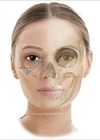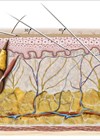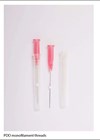Skin ageing is influenced by genetics, environmental exposure, hormonal changes and metabolic processes. With ageing, the supple skin of youth becomes thinned and flattened, with loss of elasticity and architectural regularity.
Atrophy of the extracellular matrix is reflected by the decreased number of fibroblasts and decreased levels of collagen (especially types I and III) and elastin in the dermis [1,2]. This gives rise to signs of dermal ageing such as static lines, wrinkles, folds, skin laxity, pigmentation and dry skin.
Liquid polycaprolactone is a novel treatment solution for facial anti-ageing by being able to be directly injected into the deep dermis of the skin (unlike microparticulate collagen-stimulators), and stimulating the fibroblasts in the dermis of the skin for neo-collagenesis. Liquid polycaprolactone was found to increase dermal thickening (from increased dermal collagen), increased wrinkle improvement rate of up to 48%, and increased skin elasticity [3].
Case report
A 42-year-old lady of Asian Chinese descent, with no previous history of facial aesthetic or surgical treatments, presented with the desire “to look younger”. Due to the scarcity of subcutaneous fat tissue and thinner aged dermis and epidermis, I opted not to offer energy-based devices. She also refused fillers and threads and stated that she wanted to “age gracefully”.
I prescribed her a course of three treatments of liquid polycaprolactone. Local anaesthesia was injected at the level of the deep dermis at two entry points – first entry point 3.5cm and 25 degrees inferio-laterally from the lateral canthus, and the second entry point 1cm superio-lateral to the tail of the eyebrow (Figure 1).
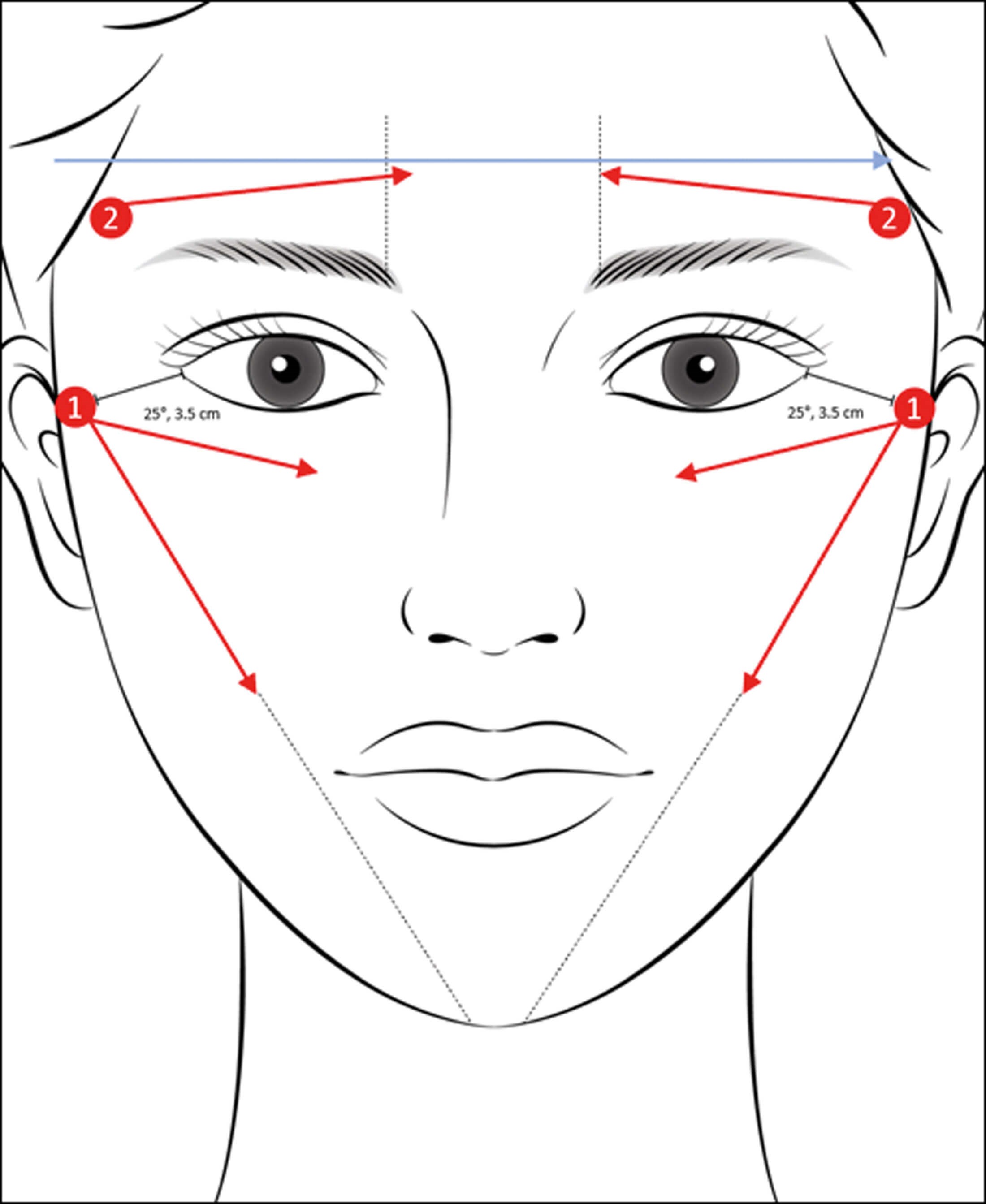
Figure 1.
A 23g puncture was made just breaching the dermis at the two entry points and local anaesthesia of 2% lidocaine was infiltrated with a 25-gauge cannula along the above marked lines, staying close to the dermis. Liquid polycaprolactone was introduced with a 25-gauge cannula along the same lines and depth as the local anaesthesia. 0.33ml of liquid polycaprolactone was introduced per line. 2mls of liquid polycaprolactone was used per treatment, and treatment frequency was one month apart. Photo comparison was obtained at the first session before treatment and at the third session (Figure 2).
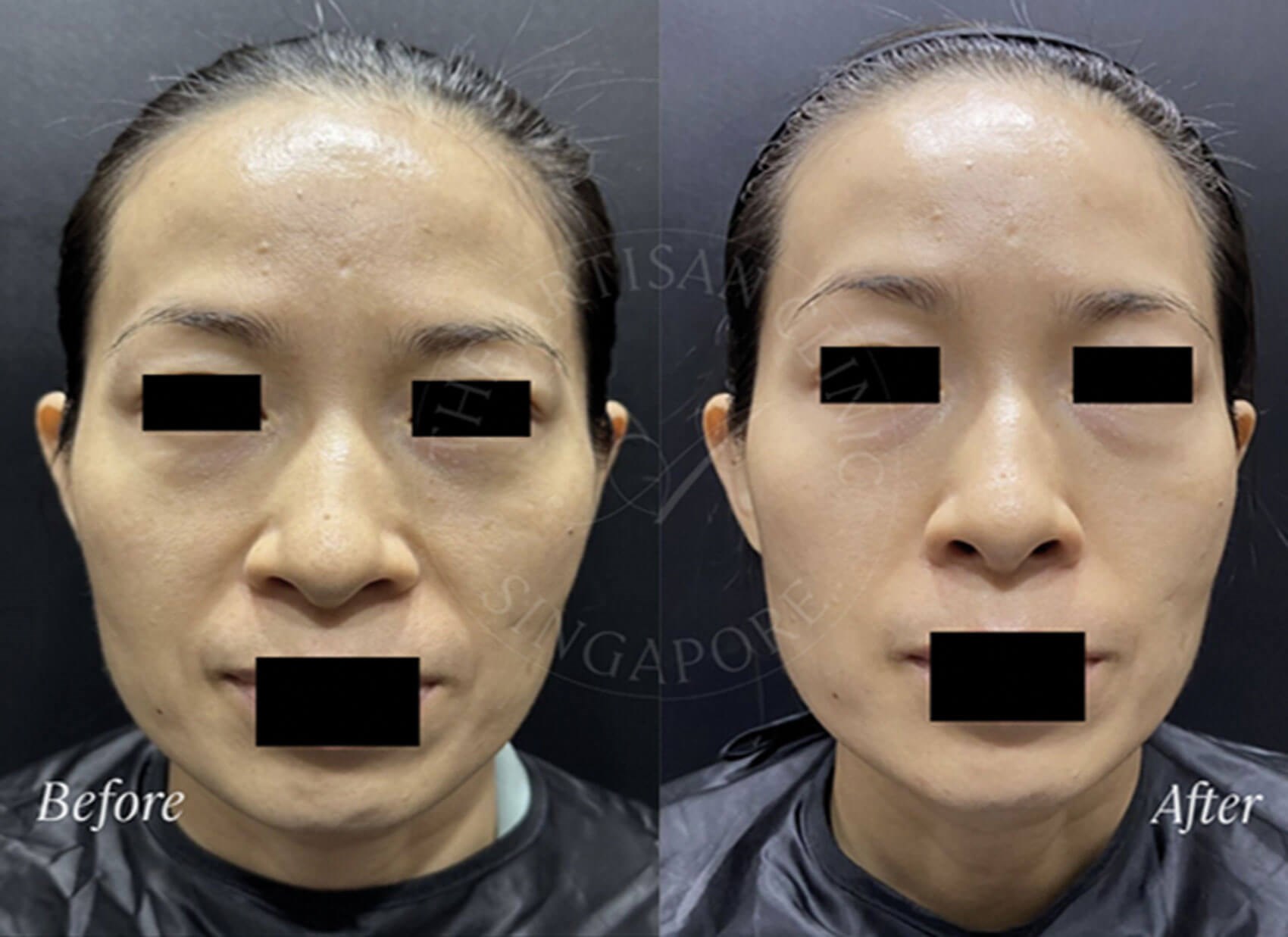
Figure 2.
There were visible improvements including:
- Overall skin texture, glow, radiance
- Reduction of dark eye circles
- Reduction of tear trough hollows
- Softening of the nasolabial folds
- Reduction of perioral rhytids and lines.
The patient was highly satisfied with the results because it achieved her aim of looking natural and younger without looking over-filled with fillers.
Conclusion
Liquid polycaprolactone collagen stimulator is an effective way to increase collagen synthesis in the ageing face, which results in visible improvement of many signs of the ageing face. It may help to reduce the reliance on deep tissue fillers and hence the over-filled face syndrome by first stimulating collagen in the dermis.
References
1. Mendelson B, Wong C-H. Chapter 1: Anatomy of the aging face. In: Rubin JP, Neligan PC (Eds.). Plastic Surgery: Volume 2: Aesthetic Surgery Elsevier; 2017.
2. Varani J, Dame MK. Decreased collagen production in chronologically aged skin: roles of age-dependent alteration in fibroblast function and defective mechanical stimulation. Am J Pathol 2006;168(6):1861-8.
3. Jeong GJ, Ahn GR, Park SJ, et al. A randomized, patient/evaluator‐blinded, split‐face study to compare the efficacy and safety of polycaprolactone and polynucleotide fillers in the correction of crow’s feet: The latest biostimulatory dermal filler for crow’s feet. Journal of Cosmetic Dermatology 2020;19(7):1593-9.
COMMENTS ARE WELCOME





